Publications
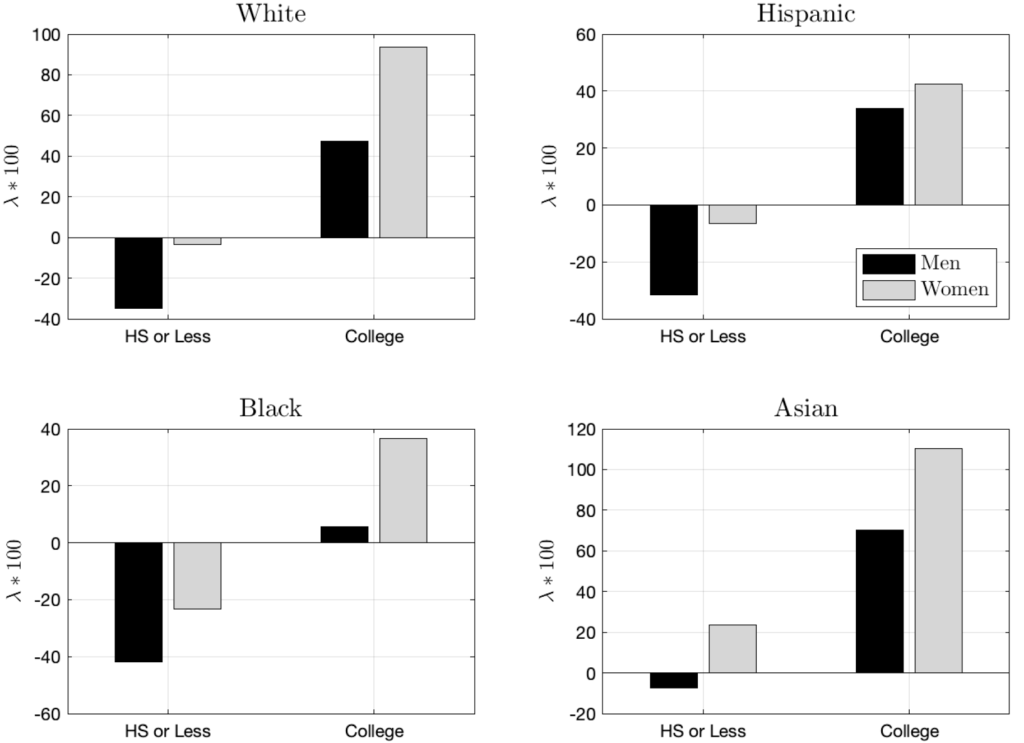
Working, Consuming, and Dying: Quantifying the Diversity in the American Experience (Joint with Chadwick Curtis, and Rob Lester): Welfare is increasing and is higher for women and those of Asian descent. Changes in mortality rates associated with ‘deaths of despair’ disproportionately lower the welfare of less educated Whites.
Journal of Economic Dynamics and Control, Forthcoming.
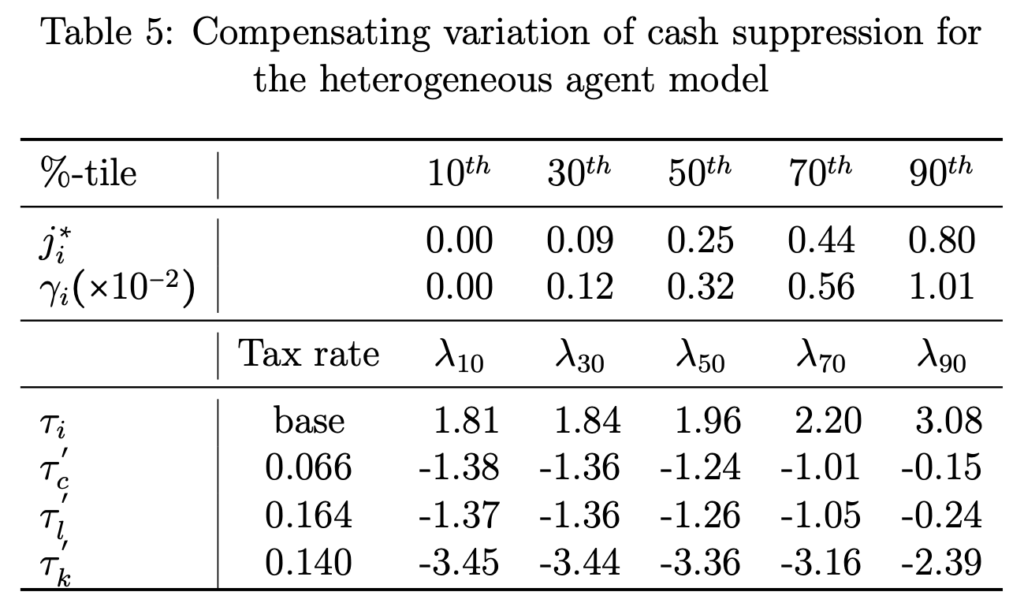
On the Welfare Effects of Phasing Out Paper Currency (Joint with William Lastrapes, and Rob Lester): A total cash ban improves steady-state welfare, but only if paired with a revenue-neutral decrease in the tax rate on capital.
European Economic Review, Vol. 137, August 2021.
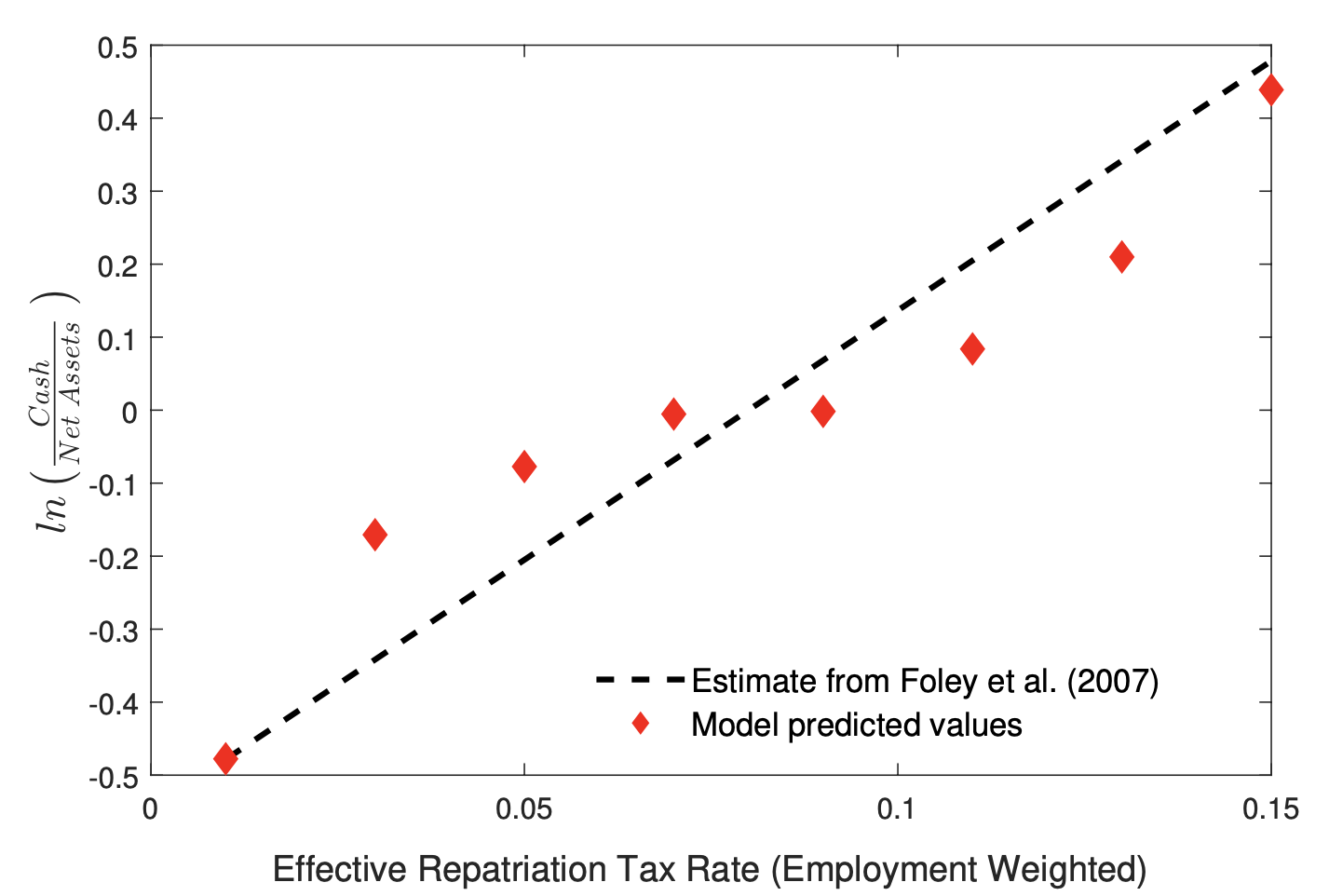
Repatriation Taxes — Online Appendix (Joint with Chadwick C. Curtis and M. Saif Mehkari): By altering the relative prices, news of a future reduction in repatriation tax rates acts as an implicit tax on repatriating funds today.
Review of Economic Dynamics, Vol.36, Apr 2020, 293–313
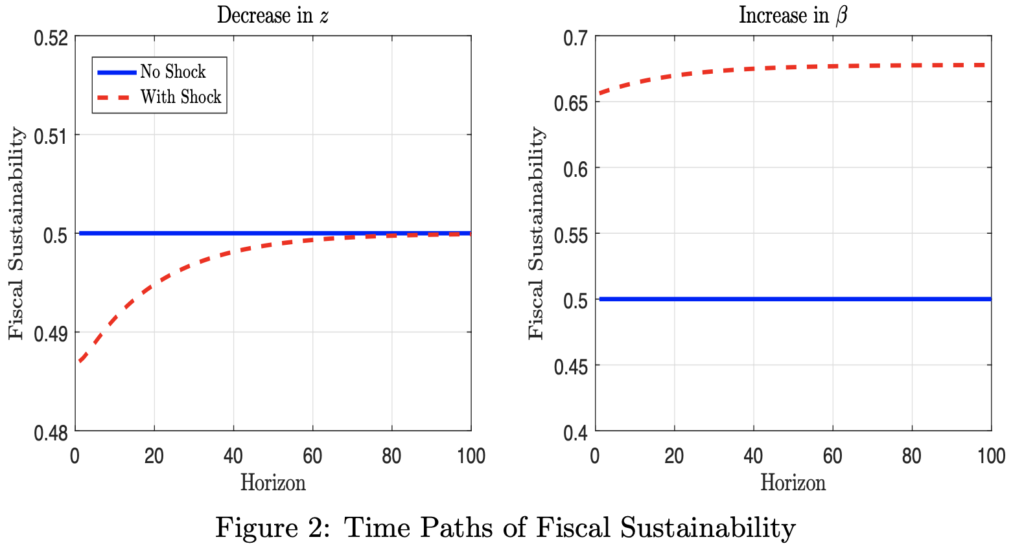
Without Looking Closer, it May Seem Cheap: Low Interest Rates and Government Borrowing (Joint with Rob Lester, Eric Sims, and Jonathan Wolff): We show that, contrary to what many have recently suggested, it may not be preferable to increase debt when interest rates are low.
Economics Letters, Vol. 180, Jul 2019, 28–32.
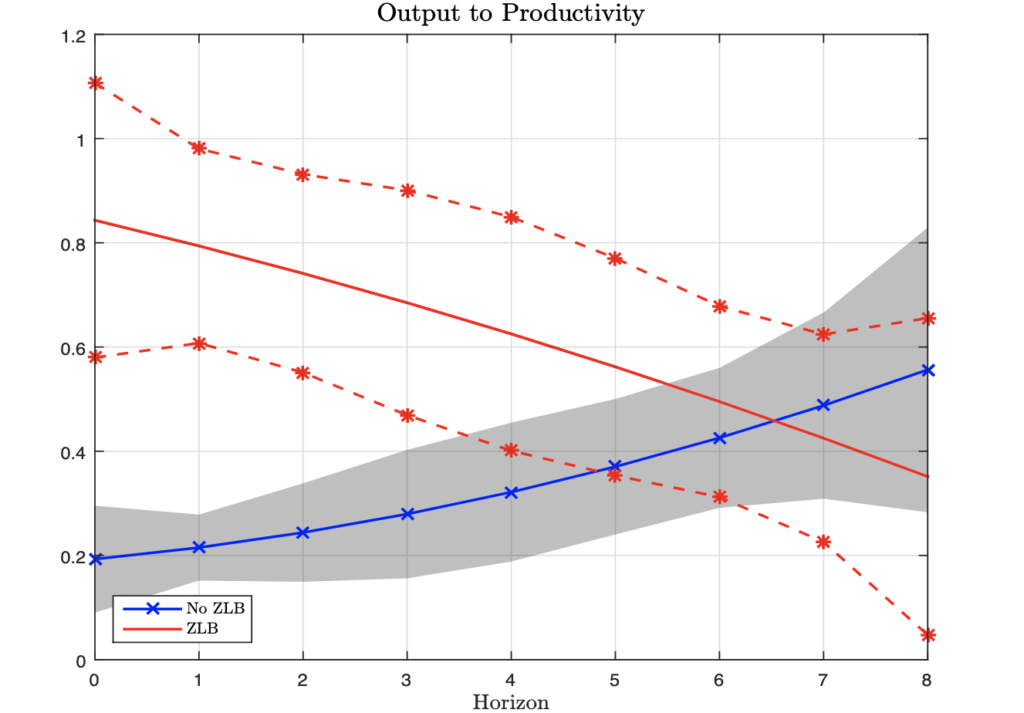
Are Supply Shocks Contractionary at the ZLB? Evidence from Utilization-Adjusted TFP Data | NBER WP (Joint with Rob Lester and Eric Sims): In contrast to the predictions of the basic NK model, positive productivity shocks are estimated to be relatively more expansionary at the ZLB.
The Review of Economics and Statistics, Vol. 101, Issue 1, Mar 2019, 160–175.
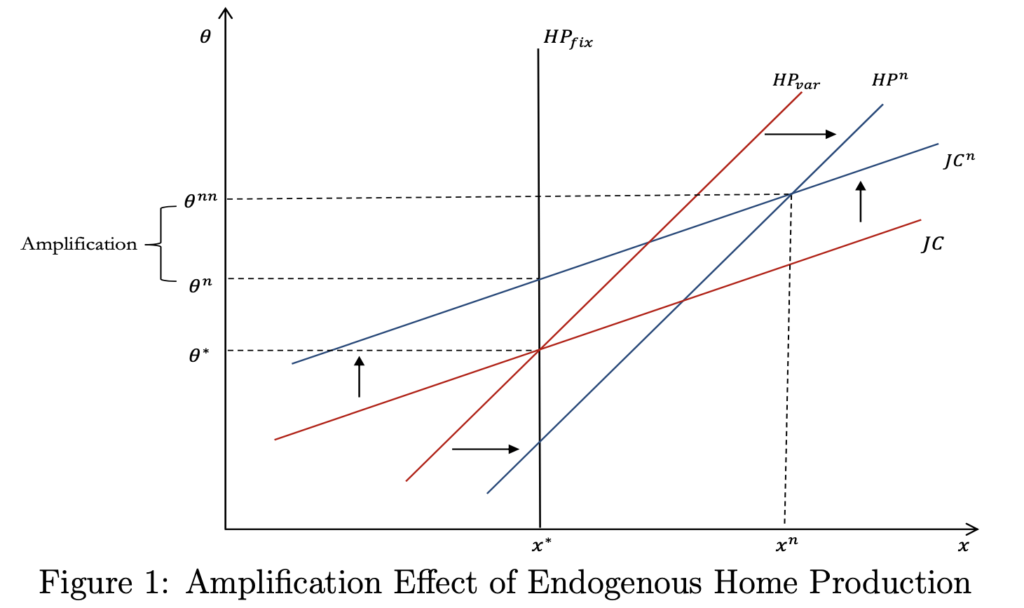
The Opportunity Cost(s) of Employment and Search Intensity (With Rob Lester): Recent evidence suggests flow utility is procyclical. Procyclical job search implies effective unemployment benefits (EUB) are countercyclical. Omitting endogenous search upwardly bias measured correlation between EUB and productivity.
Macroeconomic Dynamics, Vol. 23, Issue 1, January 2019, 216–239.

Raise Rates to Raise Inflation? Neo-Fisherianism in the New Keynesian Model | NBER WP (With Rob Lester and Eric Sims): Driven by the forward-looking nature of the model, increasing the inflation target in a New Keynesian model may require increasing the nominal interest rate in the short run.
Journal of Money, Credit and Banking, Vol 50, Issue 1, February 2018, 243–259.
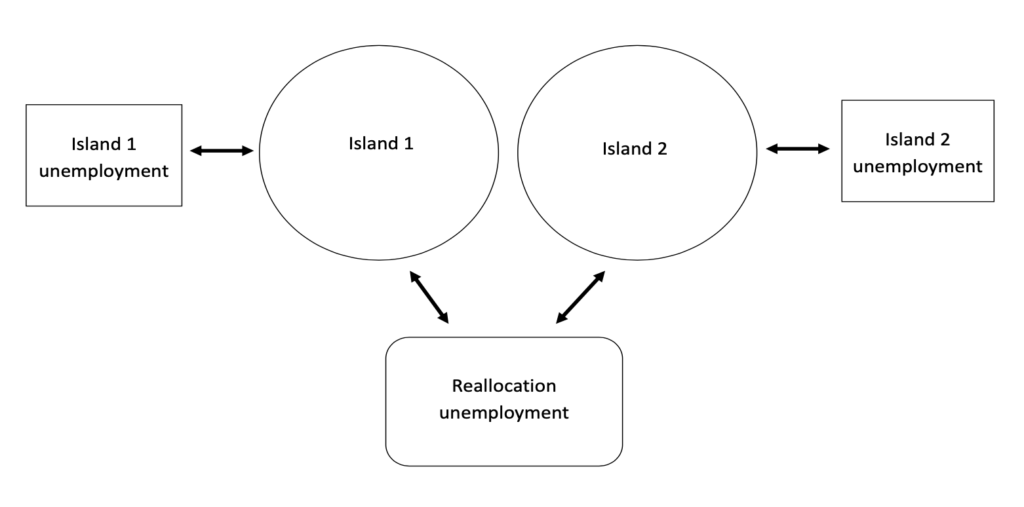
The Relative Importance of Aggregate and Sectoral Shocks and the Changing Nature of Economic Fluctuations (Joint with Michael Pries and Eric Sims): An island model capturing the empirical finding that sectoral shocks became relatively more important in the mid-eighties, is consistent with changes observed in business cycle moments.
American Economic Journal: Macroeconomics, Vol. 10, No. 1, January 2018, 119–148.

Inflation and the Evolution of Firm-Level Liquid Assets (Joint with Chadwick C. Curtis and M. Saif Mehkari): Liquid assets as a share of total assets for US corporations steadily declined from the 1960s to the early 1980s, and has since steadily increased; we show that inflation has played a major role.
Journal of Banking and Finance, Vol. 81, August 2017, 24–35.
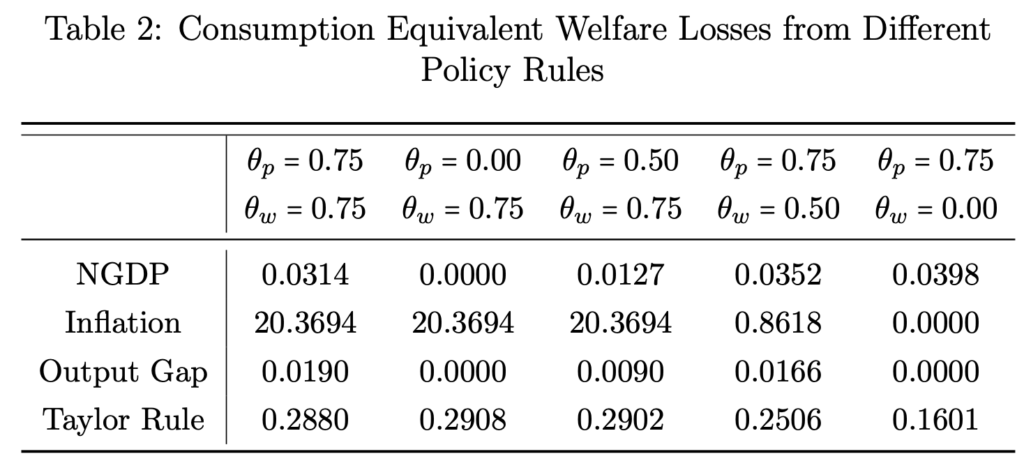
On the Desirability of Nominal GDP Targeting | NBER WP (With Rob Lester and Eric Sims): NGDP targeting is associated with smaller welfare losses than Taylor rule and inflation targeting; it may outperform output gap targeting if gap is observed with noise, and has more desirable properties related to equilibrium determinacy.
Journal of Economic Dynamics and Control, Vol. 69, August 2016, 21–44.

Optimal Monetary Policy and Imperfect Financial Markets: A Case for Negative Nominal Interest Rates? (With Salem Abo-Zaid): A standard New-Keynesian model with money demand and financial frictions gives rise to negative optimal nominal rates; the tighter credit conditions, the more likely it is to be negative.
Economic Inquiry, Vol. 54, Issue 1, January 2016, 215–228.
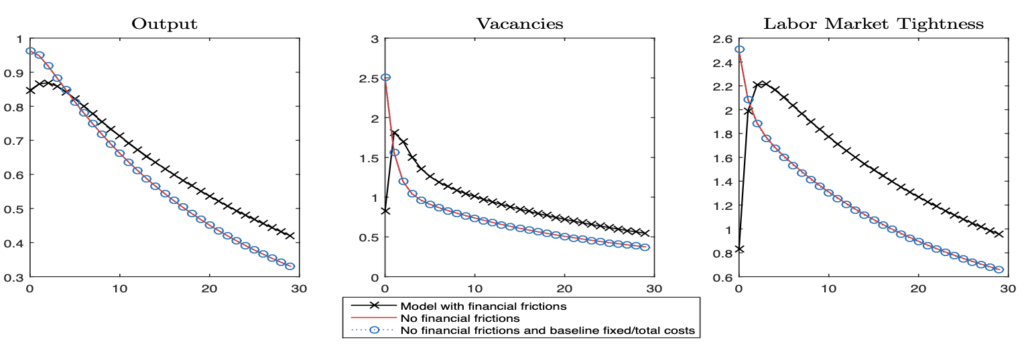
Borrowing Constraints, Collateral Fluctuations, and the Labor Market: Financial constraints introduce a wedge in the job-creation equation so that the relative bargaining position of firms is influenced by credit conditions. Fluctuations in collateral requirements generate significant movements in labor market variables.
Journal of Economic Dynamics and Control, Vol. 57, August 2015, 112–130.